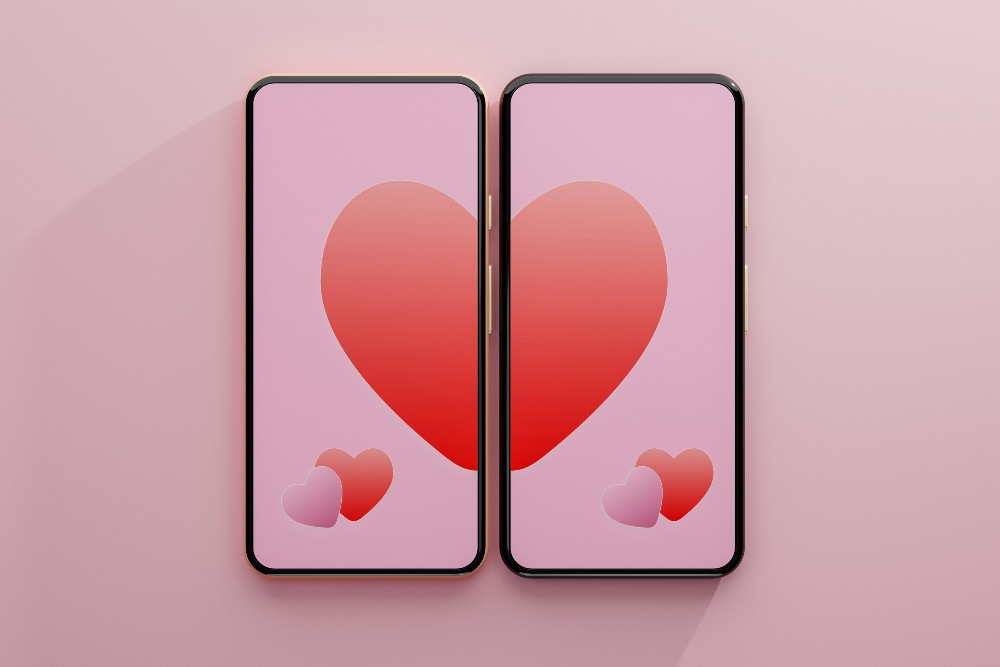You could suffer several injuries in a car accident, ranging from minor cuts and bruises to serious, long-term conditions.
Depending on the type of injury you have, therapy can be varied and tailored to your specific needs. Prompt and appropriate treatment is crucial not just for your physical recovery but also for your mental and occupational well-being.
Here are the most common injuries from car accidents and their treatments.
Physical Injuries
When you’re involved in a car accident, the physical impact can cause various types of injuries to virtually any part of the body.
1. Whiplash
Whiplash is one of the most frequent injuries resulting from rear-end collisions. This type of neck strain occurs when the head is suddenly jerked backward and then forward, stretching the neck muscles and ligaments beyond their typical range.
As you can imagine, when a car is hit, especially from behind, the force can cause the cervical spine to form an S-shape, leading to soft tissue damage.
Most whiplash injuries can be treated with rest, over-the-counter pain relievers, and ice applied to the neck to reduce pain and swelling. Your doctor may also recommend wearing a cervical collar for support.
Physical therapy exercises to improve strength and flexibility in the neck area are often advised. In more severe cases, prescription medication, and muscle relaxants may be needed to manage pain.
Recovery times can vary, but many people often feel better within a few weeks to months. Consistent self-care, like gentle neck stretches and avoiding strenuous activities, will help facilitate healing.
2. Bone Fractures
Broken bones are common outcomes of the high-impact forces during car accidents.
Your limbs may get caught against steering wheels, dashboards, or doors, or may be hit by flying debris.
Treatment includes setting the bone back in place, which may require surgery, and immobilizing the affected area with a cast or splint to allow it to heal. Pain management, anti-inflammatory medications, and sometimes physical therapy are integral to recovery.
Healing times vary, but bones typically take several weeks to heal. Calcium-rich foods and vitamin D supplementation, as directed by your doctor, might aid in bone healing.
3. Soft Tissue Injuries
Soft tissue injuries encompass damage to muscles, tendons, and ligaments, often presenting as sprains, strains, or contusions (bruises).
These injuries occur when parts of the body are bent unnaturally, stretched, or subjected to forceful impacts during a collision.
Immediate treatments usually follow the R.I.C.E. method (Rest, Ice, Compression, Elevation) to reduce swelling and pain. Over-the-counter pain medication is often used to manage discomfort. Depending on the severity, the doctor may suggest immobilization or bracing.
Physical therapy may be necessary for regaining full function, particularly with sprains and strains that affect joints like the wrist or ankle. Self-care includes adhering to recommended exercises and avoiding activities that may exacerbate the injury.
4. Traumatic Brain Injuries (TBI)
TBIs, including concussions, are severe car accident injuries with potentially long-term effects on health.
The head may strike an object like the steering wheel or windshield, or the brain may suffer injury due to the violent shaking of the head during an accident.
Immediate medical attention is crucial for TBIs. Mild concussions may only require rest and monitoring, but more severe TBIs can necessitate emergency surgery to relieve pressure in the skull or repair brain tissue. Post-surgery, rehabilitation typically involves a multidisciplinary approach including physiotherapy, occupational therapy, speech therapy, and neurological counseling.
For milder cases, complete rest from physical and mental activities, gradually returning to regular activity as symptoms improve, is vital. Follow-up care with a neurologist or a specialized concussion clinic is often necessary for managing long-term effects.
The support of family and friends can also play a key role in the recovery from brain injuries, alongside carefully paced self-care routines.
5. Internal Injuries
Internal injuries are less obvious than external trauma but can be life-threatening.
The force exerted on the body during a collision can cause internal organs to bruise, bleed, or tear, particularly in the abdomen or chest areas.
These injuries also require immediate medical attention, often involving surgery and hospitalization. After-care might include medications to prevent infection, manage pain, and support organ function.
Post-discharge, rest is often prescribed with gradual re-introduction of regular activities. Regular monitoring by healthcare providers ensures internal healing is on track, and that any complications are managed promptly.
Occupational Injuries
Occupational injuries from car accidents affect individuals’ abilities to perform their jobs. Some injuries can lead to temporary disability or even long-term changes in one’s work life.
Repetitive Strain Injuries (RSI)
RSIs can develop when a car accident causes damage to muscles, nerves, or tendons from repetitive movement or overuse during the recovery process.
The body compensating for an injured area might strain other parts through altered movements or postures, especially if you attempt to return to work too soon.
Treatment involves rest, ice, and anti-inflammatory medications to reduce swelling and pain. Physical therapy to strengthen and increase flexibility in the affected area can also be very beneficial.
Your doctor might recommend ergonomic adjustments at work or changes in your tasks to prevent further strain. Incorporating regular breaks and gentle exercises or stretches into your workday can aid in recovery and prevent future injuries.
Back Injuries
Injuries to the back, including herniated discs and lumbar strains, are common after car accidents and can hinder your ability to perform physical tasks at work.
The abrupt force of a car crash can damage the spine or surrounding muscles, leading to pain and restricted movement.
Treatment may range from conservative approaches like rest, physical therapy, and chiropractic care, to more interventional practices like injections or even surgery for serious conditions.
Using proper lifting techniques and supportive equipment such as back braces may be part of the recovery process. For those with desk jobs, ergonomic chairs and stand-up desks can help manage pain and encourage healing. It’s essential to follow your healthcare provider’s advice on when it’s safe to return to work and what accommodations might be needed to ease the transition.
Hand and Wrist Injuries
These injuries are particularly impactful for those whose work includes repetitive manual tasks.
During a car accident, you might instinctively brace for impact with your hands, causing sprains, fractures, or even carpal tunnel syndrome from the pressure and unnatural movements.
Treatment starts with immobilization using splints or casts and can include anti-inflammatory medication and ice therapy to ease pain and reduce swelling. Surgery is a possibility if there are severe fractures or nerve damage.
Occupational therapy plays a crucial role in rehabilitation, focusing on exercises to restore range of motion, strength, and functionality. Moreover, adapting your workspace to minimize strain, along with frequent breaks and stretching exercises, can contribute positively to your ability to work while you recover.
Psychological Injuries
The mental and emotional impact of car accidents can be significant and long-lasting. Psychological injuries can interfere with personal and professional life, often just as much as physical injuries. Identifying and treating these early can greatly improve overall well-being and recovery.
Post-Traumatic Stress Disorder (PTSD)
PTSD is a serious condition that can develop after a traumatic event like a car accident.
After a crash, you may experience flashbacks, nightmares, severe anxiety, and uncontrollable thoughts about the incident.
Recovery involves a combination of therapies. Cognitive-behavioral therapy (CBT) is commonly used to help change the distressing thought patterns. Sometimes, medication may be prescribed to manage symptoms like anxiety or depression.
Support from friends and family is also crucial. Self-care practices, such as mindfulness, meditation, and regular exercise, can help manage stress and improve mood. It’s important to give yourself time to heal and not rush back into situations that might trigger anxiety, including driving.
Anxiety and Phobias
Developing an intense fear of driving or being in a car is not uncommon after an accident. The psychological shock can lead to anxiety disorders or phobias related to vehicles or traveling.
Professional therapy, including exposure therapy, can help you to gradually and safely confront and overcome these fears. Anti-anxiety medications might be prescribed in the short-term to provide relief from acute symptoms.
Psychologists or therapists can provide strategies to cope with the anxiety, such as deep breathing exercises and progressive muscle relaxation. It’s vital to reach out for social support and communicate your concerns to loved ones, who can offer encouragement and understand your boundaries as you navigate recovery.
Self-help groups, either in-person or online, can also provide community support and shared experiences that can make managing anxiety easier.
Depression
The physical limitations and lifestyle changes that follow a car accident can sometimes lead to depression.
Struggling with pain, facing long-term recovery, or dealing with the loss of mobility can be emotionally draining and lead to feelings of hopelessness or sadness.
Treatment for depression often includes counseling or psychotherapy and, if necessary, antidepressant medication. Your doctor may recommend changes to your diet and physical activity levels to improve mood.
Making sure to stay as engaged as possible with your usual activities or finding new hobbies that accommodate any physical limitations can help. Additionally, leaning on a support system of friends, family, or support groups is critical for emotional recovery.
It’s also beneficial to set realistic goals and celebrate the small victories along your path to recovery, which can provide a sense of accomplishment and forward progress.
Self-care routines, like ensuring sufficient sleep, practicing relaxation techniques, and reaching out for professional help when you’re feeling overwhelmed, are fundamental in dealing with depression post-accident.
Conclusion
The journey to recovery after a car accident is as unique as the individual involved. It may require patience, persistence, and a compassionate healthcare team.
Whether you’re dealing with physical, occupational, or psychological post-accident injuries, take the time to understand your condition, engage in recommended treatments, and be gentle with your progress.
Stay connected with your support system, adhere to medical advice, and most importantly, keep a positive mindset as it can make all the difference in your recovery journey.





